Is Zinc Pyrithione Toxic to the Male Reproductive System?
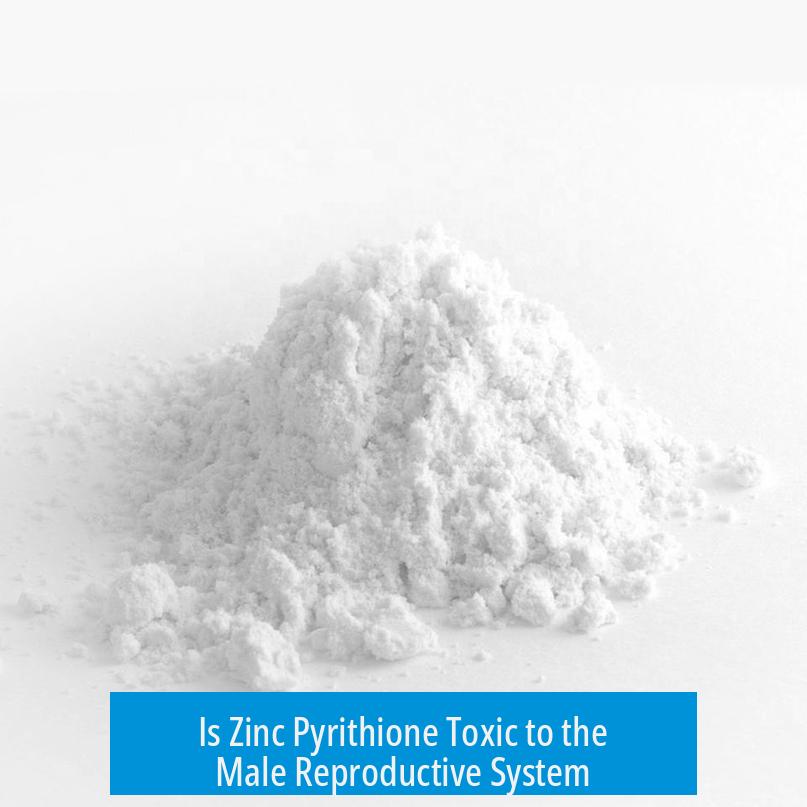
Zinc pyrithione is not toxic to the male reproductive system at the concentrations used in personal care products. Over more than 60 years of use, there have been no reported cases of male fertility damage from zinc pyrithione.
Toxicity and Male Fertility

Zinc pyrithione has shown no harmful impact on male fertility in topical applications. Its potential toxic effects relate to developing DNA, particularly in fetuses, when exposure occurs at strong concentrations above 10%. Such levels are not found in shampoos or other personal care products.
Concentration and Exposure Risks
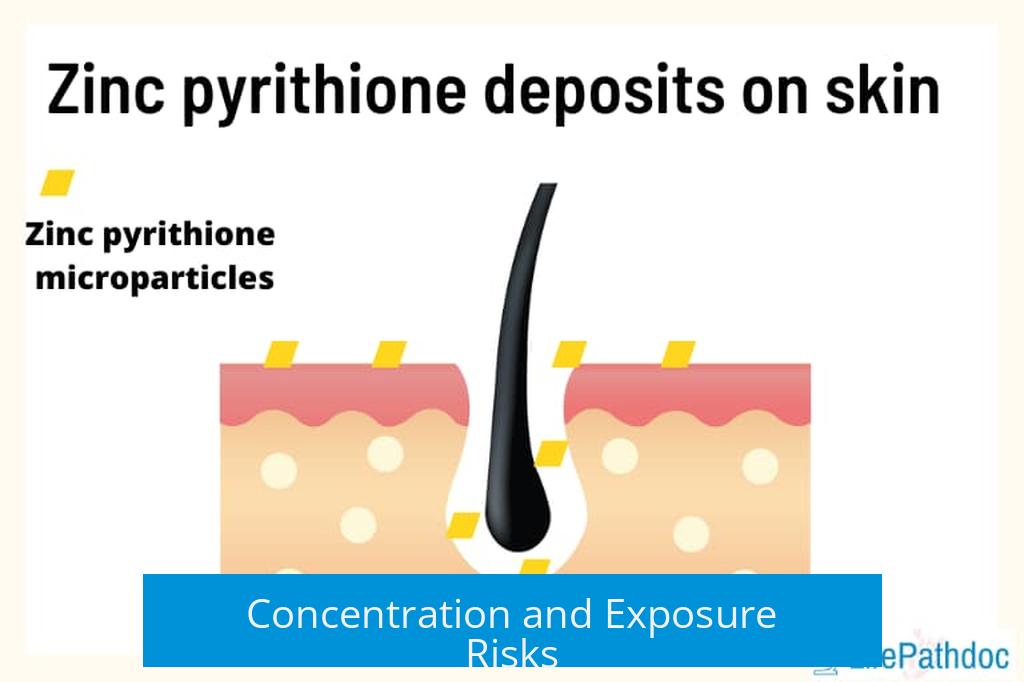
- Topical products contain zinc pyrithione in low concentrations considered safe for human use.
- The chemical has poor skin absorption, limiting systemic exposure when used in shampoos or similar products.
- High-risk groups include factory workers exposed to concentrated zinc pyrithione during manufacturing.
- The European Union banned zinc pyrithione due to supply chain safety concerns rather than toxicity in end products.
Regulatory Status and Alternatives
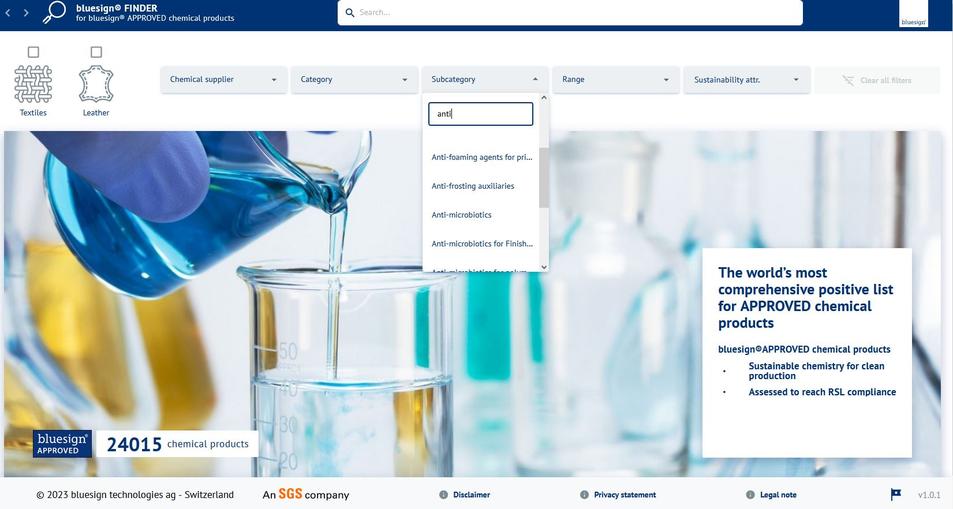
The European regulatory authorities classify zinc pyrithione as Repr. 1B with the hazard statement H360D, indicating potential to harm unborn children but not specifically the reproductive system. This classification mainly concerns prenatal exposure, not adult male users of personal care products.
Due to available safer alternatives, such as piroctone olamine and ketoconazole, the EU has restricted zinc pyrithione to enhance worker safety during manufacturing rather than limiting consumer use.
Usage Recommendations

- Zinc pyrithione shampoos are safe for washing hair but should never be ingested.
- Avoid daily shampooing to reduce the risk of scalp conditions like seborrheic dermatitis, which can be aggravated by over-washing.
Summary of Key Points
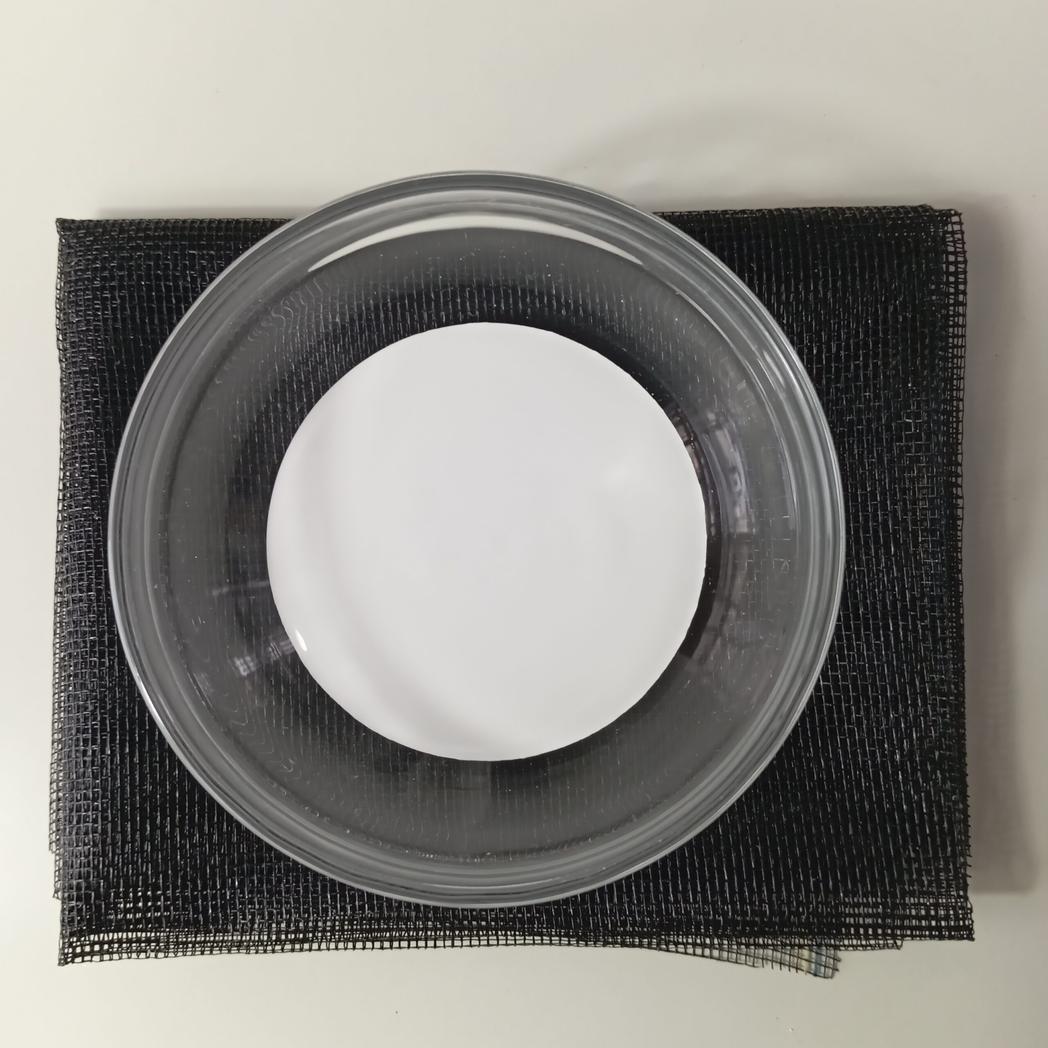
- Zinc pyrithione does not harm male fertility at typical topical concentrations.
- Toxicity risks apply to high concentrations affecting fetal DNA, relevant mostly to industrial exposure.
- It is classified as potentially harmful to unborn children but not to adult male reproductive health.
- EU banned zinc pyrithione primarily due to worker safety concerns.
- Safe alternatives include piroctone olamine and ketoconazole in personal care formulations.
Is Zinc Pyrithione Toxic to the Male Reproductive System? Let’s Cut to the Chase
The quick answer: No, zinc pyrithione (ZPT) is not toxic to the male reproductive system when used as directed in personal care products like shampoos. It’s a safe ingredient in the low concentrations used on your scalp. No documented damage to male fertility has ever been linked to it over the past six decades of use. Let’s unravel why this is the case and what you should know as a consumer.
What Exactly Is Zinc Pyrithione?
Zinc pyrithione is a powerful anti-dandruff and anti-fungal ingredient found in many shampoos and skin care products. It fights the pesky fungi and bacteria that cause dandruff and seborrheic dermatitis. Your scalp thanks you for it. But like many chemicals, people worry about its safety, especially since it contains zinc and can sound like something industrial.
The fear? Could it somehow harm male fertility or be toxic to the reproductive system? The reality is reassuringly different.
A History of Safety: Six Decades and Zero Male Fertility Damage
Here’s a fun fact that often gets overlooked: for more than 60 years, zinc pyrithione has been in use, primarily in shampoos, without a single confirmed case of male fertility damage. It simply hasn’t shown up as a problem in scientific studies or real-world use.
The reason is straightforward—it’s used topically in low doses, and it doesn’t absorb significantly through your skin. So while it’s tough on dandruff, it’s gentle on the rest of your body’s systems, including male reproductive organs.
But What About DNA and Developing Babies?
This is where the chemical shows its more serious side—but only under very specific circumstances. Zinc pyrithione in concentrations above 10% is toxic to developing DNA, such as fetal cells. This is why factory workers who handle the raw chemical at high doses could be at risk.
To be clear, such high concentrations are not found in shampoos or typical consumer products. The concentration in shampoos is usually less than 2%.
Europe classifies zinc pyrithione as a Repr. 1B hazardous substance with the label H360D, meaning it can damage unborn children—not the male reproductive system itself (which would be H360F). This subtle difference helps regulators and consumers understand where the real risks lie.
Why Did the EU Ban Zinc Pyrithione? Is It Because It’s Dangerous for Men?
Not really. The European Union banned zinc pyrithione recently, but not because it’s unsafe for the average shampoo user. Instead, the ban focuses on protecting workers in factories who handle the pure chemical in large amounts. This precaution reflects increasing emphasis on worker safety and improved alternatives for dandruff treatments.
In fact, it hasn’t been linked with toxic effects in shampoos or other personal care products with low concentrations applied topically to the skin.
Safe to Wash Your Hair With? Definitely.
It is perfectly safe to use products containing zinc pyrithione on your scalp. It doesn’t absorb well through the skin, which explains why it’s a staple in shampoos. However, eating or ingesting zinc pyrithione would be a whole different story—don’t try that at home!
An important side note: don’t shampoo every day. This habit often backfires, leading to seborrheic dermatitis or worsening dandruff. Ironically, your fight against dandruff might create an environment where it thrives.
Looking for Alternatives? You’re Not Alone.
With the EU phase-out, shampoo manufacturers are increasingly swapping zinc pyrithione for other effective ingredients like piroctone olamine and ketoconazole. Both are excellent for controlling dandruff and have their own safety records. If you’re worried about zinc pyrithione or want to try something new, seek shampoos listing those ingredients.
Let’s Wrap This Up With Some Practical Tips
- Use zinc pyrithione shampoos as directed. Low concentrations and topical use pose very low risk.
- Avoid heavy exposure to raw zinc pyrithione chemicals. That’s mostly a worker safety issue.
- Don’t shampoo daily. Overwashing can cause dandruff flare-ups.
- If you’re pregnant or worried about fetal health, be cautious. But rest easy that in normal shampoo use, there’s no evidence of harm.
- Consider alternatives like piroctone olamine or ketoconazole shampoos if you prefer. These are recognized as safe and effective.
Final Thoughts: Toxic, No. Toxic in Your Shampoo? Nope.
In short, unless you’re a factory worker handling gallons of concentrated zinc pyrithione, there’s practically no risk to your male reproductive system from this ingredient. Companies have been reliably using it for decades, and science backs its safety at typical doses.
Does this mean it’s perfect? Not necessarily. The EU ban shows ongoing concerns about chemical safety and supply chain risks. But for you and me, washing hair with zinc pyrithione shampoo is a harmless fight against flake villains.
So, relax. Your scalp is in good hands. And the male reproductive system? It’s safe as houses.
Is zinc pyrithione linked to male fertility damage?
There have been no reported cases of male fertility damage from zinc pyrithione in over 60 years of use.
Can zinc pyrithione harm the male reproductive system or developing DNA?
It can harm developing DNA, like in fetuses, at concentrations above 10%. It is not classified as toxic to the male reproductive system but may affect unborn children.
Is zinc pyrithione safe for daily use in shampoos?
Yes, zinc pyrithione in low concentrations used topically in shampoos is generally considered safe and not harmful to the male reproductive system.
Why did the EU ban zinc pyrithione?
The ban targets worker safety during handling of strong concentrations, not topical use. Safer alternatives are available for consumer products.
What ingredients can replace zinc pyrithione in personal care products?
Look for piroctone olamine or ketoconazole as alternatives in dandruff shampoos.


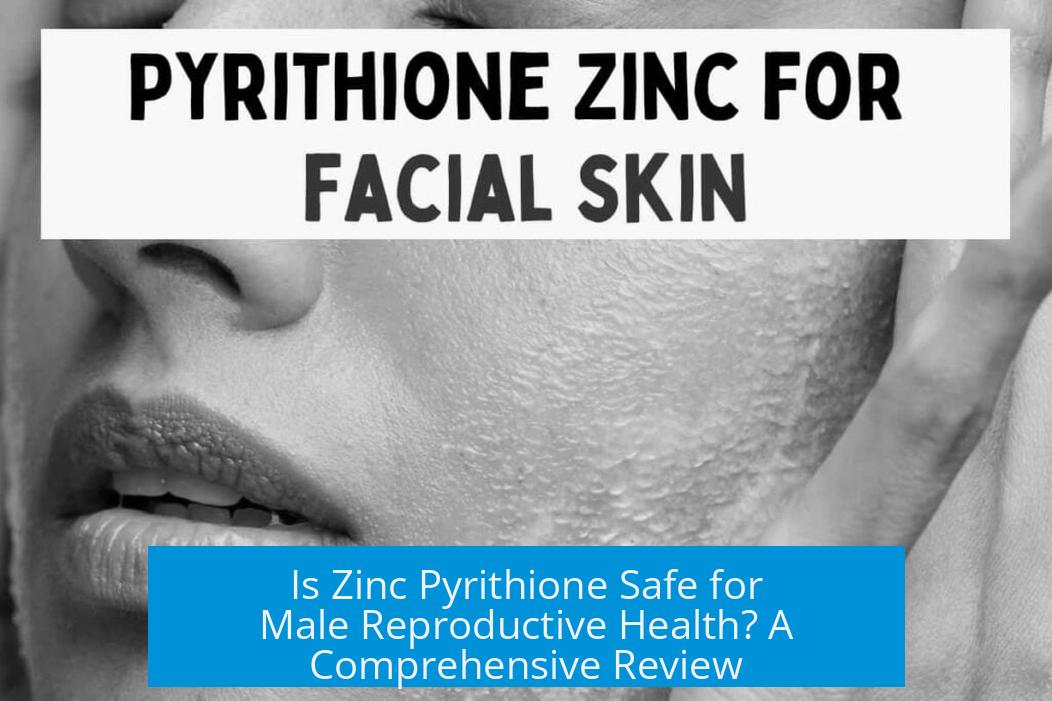

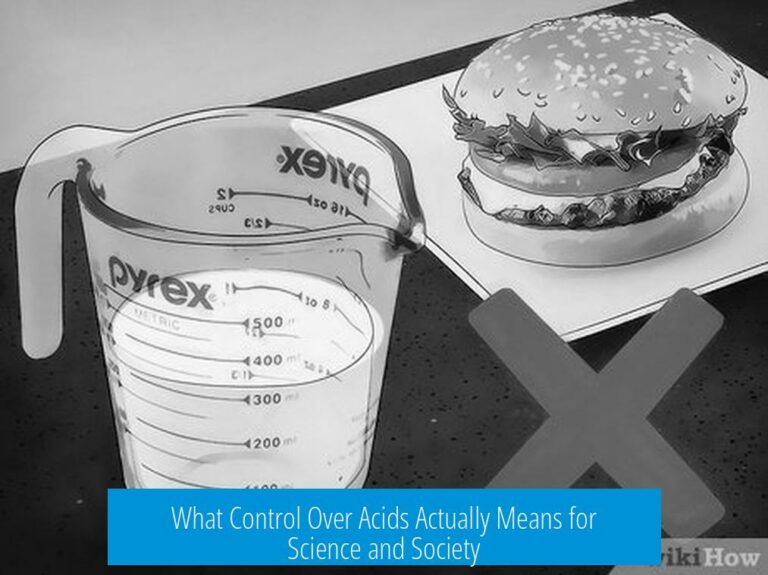
Leave a Comment